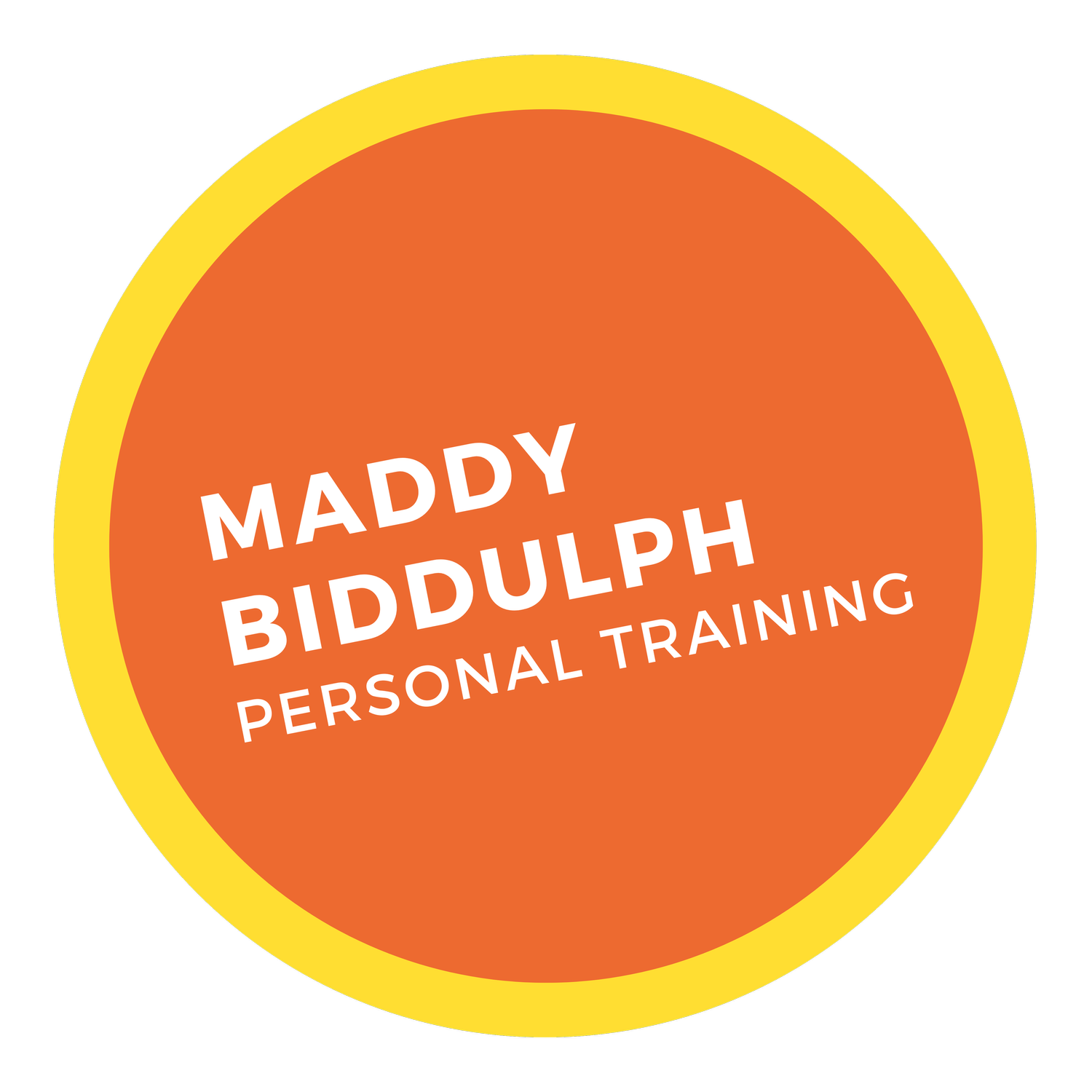3 barriers to exercise - and how to overcome them
The most common barriers to exercise and how to overcome them.
Sticking to a regular exercise plan isn’t easy. Let’s face it, we’re all busy spinning a million plates - and that’s before you factor in issues like time, energy levels, motivation and willpower!
Barrier 1: Lack of time
Solution: Take a look at your average week and try and identity a couple of 30-minute windows where you could be exercising. Next, schedule those time slots into the following week as if it was a meeting.
This could mean getting up half an hour earlier, squeezing a workout into your lunch break or making time at the weekend. Ideally, try and pick a time of day when you feel most energised to exercise.
Barrier 2: Lack of energy
Solution: When we’re tired, exercise is often the last thing we feel like doing but here’s the thing - a workout actually gives you energy. How? By delivering oxygen and nutrients to your body and helping the cardiovascular system (heart and lungs) work more efficiently.
The result? You’ll have more energy to tackle daily chores. Plus, exercise gives you a mood-boosting hit of dopamine and serotonin so you’ll feel great afterwards.
Barrier 3: Lack of willpower
Solution: Even the most motivated people in the world struggle with willpower at times - we’re all human, after all.
One of the best ways to overcome this is to remind yourself of the many physical and mental health benefits of exercise… How will you feel if you work out regularly? How will your stress levels reduce and your sleep improve? How will your body change if you commit to a fitness plan?
Visualise yourself getting healthier and stronger and use that as your motivation. And for those of you that need an extra push, hiring a personal trainer can give you the structure and accountability you need to make a positive change long-term.


